Discover ABA Banking Journal Podcast
ABA Banking Journal Podcast

ABA Banking Journal Podcast
Author: American Bankers Association
Subscribed: 284Played: 25,229Subscribe
Share
© Copyright 2017-2021, American Bankers Association. All rights reserved.
Description
Bank executive insights, unique business strategies, regulatory updates from D.C., and fun banking stories—all this and more on the ABA Banking Journal Podcast, brought to you weekly by the American Bankers Association's award-winning podcast team.
330 Episodes
Reverse
The Philippines is a fast-growing economy, but it lags its peers in the unbanked rate, with more than four in 10 Filipinos unbanked, according to McKinsey. Many Filipinos use nonbank-provided ewallets, but bank penetration is on the rise since 2020, when the central bank approved a new license type for digital banking, helping the Philippines' traditional banks meet the mobile-first needs of Filipinos. In this episode, Russell Hernandez of UnionDigital Bank provides a unique look into the Philippine banking sector. He also discusses how his mobile-first digital bank tackles account takeover attempts and other frauds through layers of mobile-based and biometric authentication.
The bank consolidation logjam broke in 2025, with several banks, including large regionals, inking major deals amid an accelerated pace for approvals. While that may reflect both pent-up deal flow and a rush to get transactions done in a favorable environment, on the latest episode of the ABA Banking Journal Podcast, Paul Davis notes that the rush is forcing everyone in the market to pay attention and be ready. Davis discusses how these factors, as well as the underlying forces driving consolidation, the capital markets environment and credit conditions will shape the mergers and acquisitions outlook throughout 2026.
Jon Sisk and Matt Lujano's banks couldn't be more different at first appearance — Sisk is a top executive at a community bank in Santa Cruz, California, near the beating heart of America's tech ecosystem, and Lujano leads a bank primarily based in a rural area of western Iowa where farming is dominant. But they share a positive outlook on the role of tech in community banking. As chair and vice chair, respectively, of ABA's Community Bankers Council, they reflected on what it means to be a tech-forward community bank in a podcast following the committee's recent D.C. meeting. Among other topics, they discuss: Forming AI brainstorming groups within banks to facilitate collaborative innovation. The use of generative AI tools to accelerate policy development and exam preparedness. Being ready to move quickly on stablecoins, tokenized deposits and digital assets, even if customers aren't demanding solutions. Good ideas surfaced in conversations among CBC members. Stay tuned for more conversations on tech-forward community banking within the ABA Banking Journal Podcast channel.
The Erie Canal — one of the biggest milestones of American history — celebrated the bicentennial of its completion this week. On the latest episode of the ABA Banking Journal Podcast, acclaimed economic historian and Banking Journal columnist John Steele Gordon and editor-in-chief Evan Sparks discuss the canal's development and construction, the involvement of the Savings Bank of New York in financing it, how it transformed New York and the Midwest, and how the canal created future demand for mass transport of goods by other means, helping fuel the republic's development as a commercial powerhouse.
PNC Bank is the nation's eighth-largest bank by assets and the sixth-largest by deposits, but it ranks fourth in the number of physical branches. In a time when many banks are streamlining their in-person service locations, why has PNC doubled down on branches? On the latest episode of the ABA Banking Journal Podcast, PNC executive Jeff Martinez explores: The role of branches in marketing and account acquisition, particularly business accounts. PNC's strategy of combining organic growth and M&A (most recently in Colorado with FirstBank). Professional opportunities created for bank employees through the in-person delivery network. The role of personal touches — down to thank-you notes and branded umbrellas — in reinforcing the bank brand through the client experience.
With equipment repair costs up 40% over the past few years, how farmers deploy expensive agricultural machinery is of top concern for ag bankers. With equipment increasingly complex and often software driven, many equipment manufacturers have limited the ability of operators to repair their equipment without voiding warranties — leading to delays and lost harvests as farmers wait for service amid a shortage. While this trend has led to a "right to repair" movement in many states, the issue of equipment costs and lost revenue during breakdowns remains a factor in lending decisions, says Pat Kussman, president and CEO of Regional Missouri Bank and chairman of the Missouri Bankers Association. "There are many things that are eroding at our cash flow for our farmers," he notes, "not just input costs, but land rent costs and equipment repair costs." Kussman also discusses the state of the used equipment market, how farmers are using drones to manage crops less invasively and the growing role of artificial intelligence tools in functions like disease identification This episode is presented by Agri-Access. Register for the ABA Agricultural Bankers Conference, Nov. 12-14 in St. Louis
Banks have been using natural language processing and machine learning applications for years in managing their anti-money laundering and Bank Secrecy Act obligations. But how does the growing adoption of generative AI tools affect how BSA and fraud professionals protect their banks? On the latest episode of the ABA Banking Journal Podcast — presented by Agri-Access — former FDIC official Lisa Arquette shares a regulator's-eye view of generative AI in the BSA world and how regulators have been approaching the technology for their own work. Joined by ABA SVP Heather Trew, Arquette also discusses: The state of play on banks' beneficial ownership reporting obligations. Other elements of implementing the AML Act of 2020. How regulators weigh AML/BSA performance when approving mergers and acquisitions. Fluctuations in AML/BSA compliance investments through the economic cycle. The low number (1%) of BSA-related examinations at the FDIC that result in enforcement actions. Register for the ABA Financial Crimes Enforcement Conference, Oct. 14-16 in Arlington, Virginia.
In the wake of the summer's Genius Act, many banks and nonbanks have announced new stablecoin initiatives. Another digital asset — tokenized deposits — may meet needs similar to stablecoins, but the two asset types have significantly different features based on their underlying designs. On this episode of the ABA Banking Journal Podcast, ABA experts Brooke Ybarra and Yikai Wang discuss: The key differences between stablecoins and tokenized deposits. Risks that widespread payment stablecoin adoption poses to community bank lending. Use cases for payment stablecoins (and areas where hype might exceed value). How U.S. banks are approaching stablecoin and tokenized deposit pilots.
Princess Castleberry began her career in risk management in financial services, and the biggest risk she sees today is that "leaders are in a capacity crisis." Work experience, education and professional networks are undermined by this lack of capacity driven by emotional triggers, she says, which are in turn compounded by a massive wave of societal, economic and technological change. Now an instructional design expert and leadership speaker, Castleberry discusses how leaders can understand and manage triggers to enhance their capacity to lead with empathy. Castleberry will also be discussing these and other topics — including how to reduce "conflict waste" — at the ABA Annual Convention next month in Charlotte.
The rapid evolution of the financial services marketplace means the market for banking as a service is also evolving rapidly. From artificial intelligence to other new technologies to regulatory expectations, how is the partner bank sector shifting? On the season premiere of the ABA Banking Journal Podcast, Pathward Bank CEO Brett Pharr talks about the Sioux Falls, South Dakota-based partner bank's strategy. Among other things, Pharr discusses: The evolution of the business model beyond interchange to include embedded finance, faster payments and other opportunities. The criticality of third-party risk management in partner banking. How Pathward is using AI to accelerate compliance review of its partners' marketing materials — and how some AI uses might be limiting young bankers' learning and development. The role of partner banks in advancing financial sector participation by the unbanked. How Pathward builds its workplace culture with its "talent anywhere" remote work structure.
The U.S. is experiencing a massive demographic shift driven by the aging Baby Boom generation, declining birth rates and shifts in immigration trends. What effect will aging have on the banking outlook? In the season finale of the ABA Banking Journal Podcast, ABA economist JP Rothenberg discusses how America's aging population: Shifts balance sheet management strategies with a surplus of stable deposits by weaker localized loan demand. May increasingly push banks into new markets to drive loan growth, which further accelerates consolidation. Magnifies credit risk during downturns in the tail of the risk profile Increases opportunities for personalized wealth management solutions and expands the growth prospects of senior-serving business sectors.
Alongside the commercial and consumer markets, institutional banking is one of three strategic pillars of $70 billion-asset UMB Bank. On the latest episode of the ABA Banking Journal Podcast, UMB's Phil Mason discusses: How institutional banking — which includes capital markets, corporate trust, custody and health savings accounts — fits into the business model of the Kansas City, Missouri-based bank and helps extend its footprint coast-to-coast. Investments in technology to support the growth of institutional banking. The recent expansion in HSA eligibility and how UMB Bank uses the product to engage both business clients and consumers. How UMB sources the right mix of talent — particularly from within — to support the diverse and individualized needs of its institutional clients.
What does the future hold for bank risk and compliance professionals? On the latest episode of the ABA Banking Journal Podcast, Krysti Cunningham of Security National Bank in Omaha, Nebraska — and winner of the 2025 Distinguished Service Award for Risk and Compliance — discusses: The technological transformation in risk and compliance at community and midsize banks. How technological change is driving the industry toward specialization. Applications for AI tools and LLMs in risk and compliance — and how to manage risks associated with this transformation. The importance of constant learning as a risk and compliance professional.
Following the enactment of the One Big Beautiful Bill Act, hear from ABA experts on how key ABA-supported provisions on tax policy, rural real estate and health savings accounts in the budget reconciliation law will affect banks. Experts also discuss what to expect next in terms of implementation. Resources Click here to download the episode if you can't see the player above. View a members-only staff analysis
ABA's new online platform to provide members with free access to the Treasury Check Verification System is now live. On a special joint episode of the ABA Banking Journal Podcast and ABA Fraudcast — presented by Intrafi's Banking with Interest podcast — ABA anti-fraud experts Paul Benda and Hannah Ibberson discuss the platform and how banks can put it to use. Among other topics, Benda and Ibberson discuss: The scale of physical U.S. Treasury checks and why they remained a potential vector for fraud How and why ABA developed the platform How ABA member bank employees — including frontline staff — can access the portal to verify a payee Ways this new platform fits into ABA's overall anti-fraud initiatives Click here to download the episode if you can't see the player above. Access the TCVS portal (ABA bank members only)
Amid tariff-related volatility, how are small and midsize businesses and the banks that serve them faring? On the latest episode of the ABA Banking Journal Podcast — presented by Intrafi's Banking with Interest podcast — John Buran, the president and CEO of Queens-based Flushing Financial discusses how tariff and trade policy-related volatility has compounded commercial client uncertainty based on interest rates over recent months and why uncertainty has slowed loan growth and investment. However, Buran also notes that lending has improved in the first quarter of 2025 compared to the same period in 2024, "possibly associated with the Fed keeping rates stable since the middle of the middle of last year. So I think that has helped somewhat. Banks are staying very close to their customers . . . so that they can come out the on other side in a favorable position." Buran also discusses opportunities for community banks to gain market share in the New York City metro area real estate market and the potential for regulatory change under newly confirmed Fed Vice Chair for Supervision Michelle Bowman.
Jim Ryan has led Old National Bank through a massive wave of growth — through major mergers and organic growth, the Evansville, Indiana-based bank has reached $70 billion in assets and a footprint that extends from Minnesota to Tennessee. The bank has grown by 250% since Ryan moved into the CEO role in 2019. On the latest episode of the ABA Banking Journal Podcast — presented by Intrafi's Banking with Interest podcast — Ryan discusses: The bank's growing profile, including its new marketing partnership with the on-fire Indiana Fever. Why the bank remains committed to its hometown of Evansville, even as it grows into a more expansive regional bank. His views on deposit insurance reform and areas other areas of focus as chair of the American Bankers Council, ABA's peer group for midsize bank CEOs. Ryan also discusses the experience of leading Old National through the devastating mass shooting at a Louisville, Kentucky, bank branch in 2023 — a tragedy that claimed the lives of 5 victims, all of them bank employees. "We always felt like we were a family, but that definition of family was completely reinforced," he says. "After you go through a tragedy like that, it takes a lot of love, it takes a lot of support, and it takes a lot of care."
As independently owned and operated small businesses, fast-food restaurant franchisees have unique business needs. They have mobile and often part-time workforces, complex inventory management and the constant challenge of managing both a small business and being the face of a major brand. On the latest episode of the ABA Banking Journal Podcast — sponsored by Bix2x — Wendell Bontrager talks about how Sonata Bank is working with this unique market segment. For example, "we can come in at fractional costs to provide them things like telehealth, mobile phone insurance, pet insurance, in a way that is free to the employee but is done and sold through the franchisee," says Bontrager. He outlines Sonata's business of lending to "quick-service" restaurants, as they're often called in the trade, paired with employee benefits, treasury management and a software-as-a-service platform for QSRs. Bontrager also talks about the health of the Nashville, Tennessee, market where Sonata's community bank franchise is headquartered and how the organization has been able to capture talent with hybrid and remote workplace offerings.
Government-guaranteed lending requires special expertise and back-office functionality that grows increasingly expensive for smaller banks. On the latest episode of the ABA Banking Journal Podcast — sponsored by Bix2x — Chris Hurn and Jeremy Gilpin of Community Bankshares, a bank holding company in La Grange, Georgia, discuss how they are tackling that challenge. "To start one of these departments is very expensive for a lot of rural banks and credit unions," says Gilpin, "It's very prohibitive to enter the market space if you are a rural bank or even in an urban market where you do you know, maybe 5, 10, 20 of these loans a year." Hurn and Gilpin are part of a team that has built Community Bankshares, parent of Community Bank and Trust of West Georgia, into a network of Small Business Administration and U.S. Department of Agriculture lending subsidiaries that work on a nationwide basis. They developed a model that allows the "the holding company [to] serve as a source of strength for the bank, not just the other way around, which is typical," says Gilpin. Gilpin and Hurn discuss the company's role as a white label lender, referral lender, participation partner or servicer for smaller banks that want to connect their clients to guaranteed loans and the strength of the bank model for supporting these businesses and agricultural enterprises.


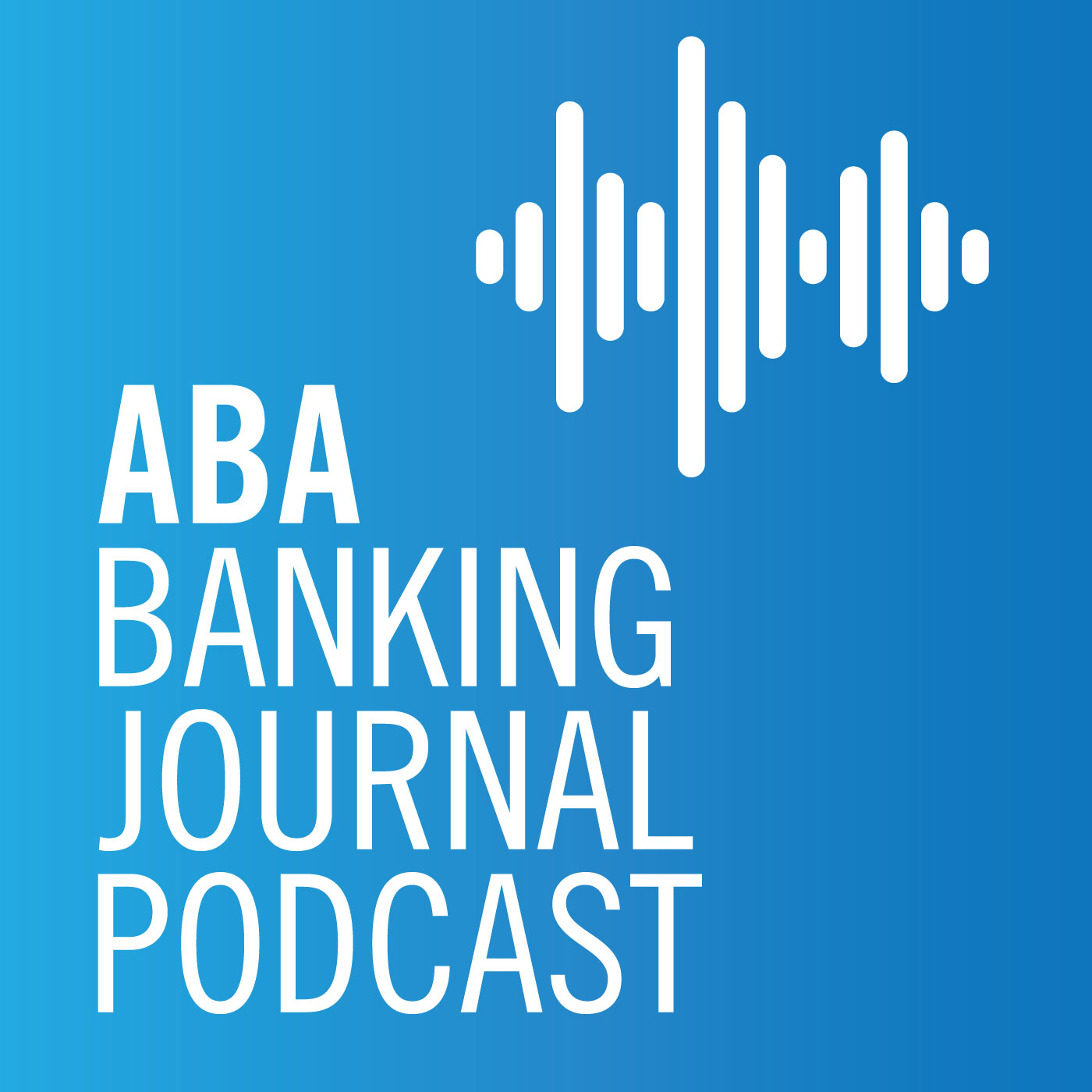
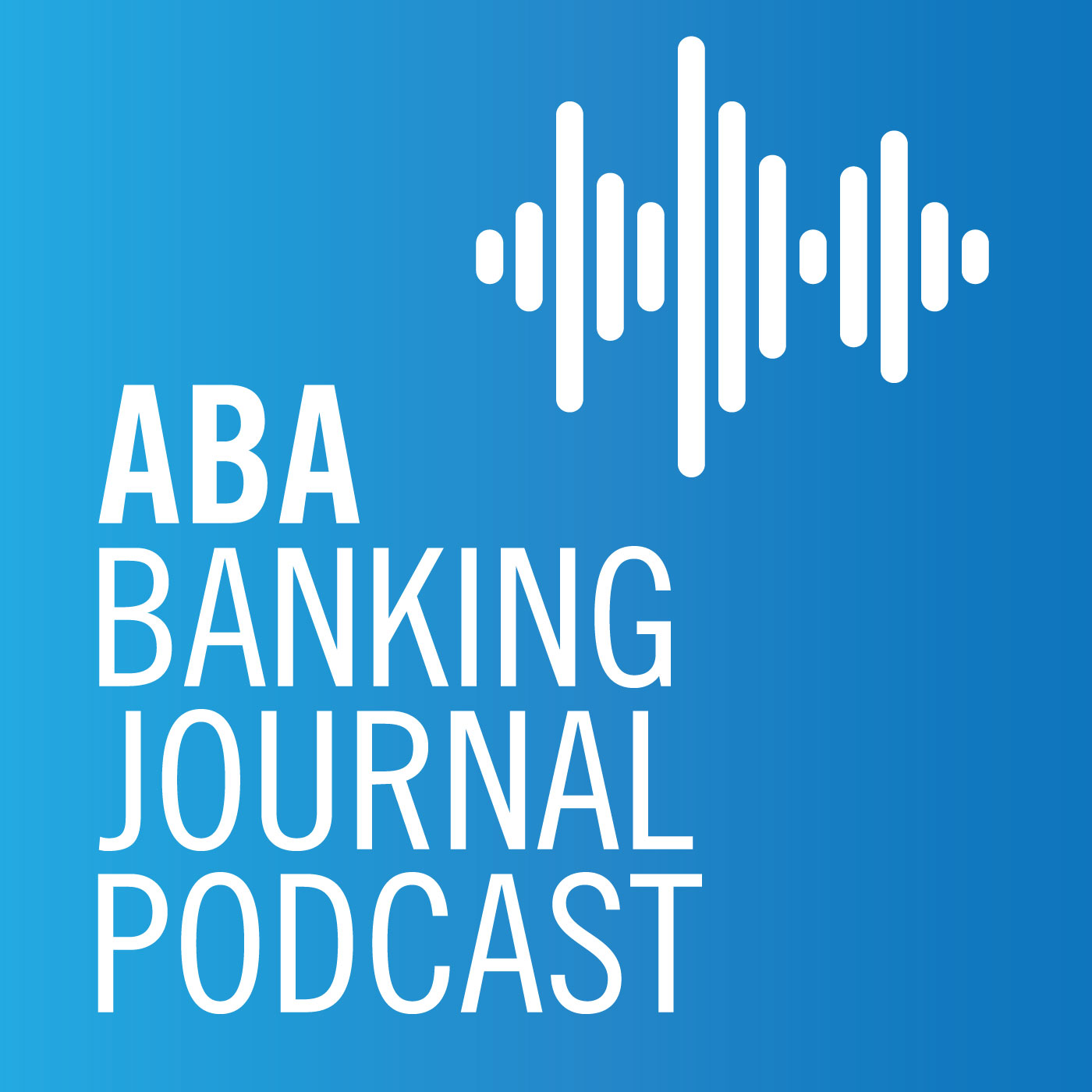
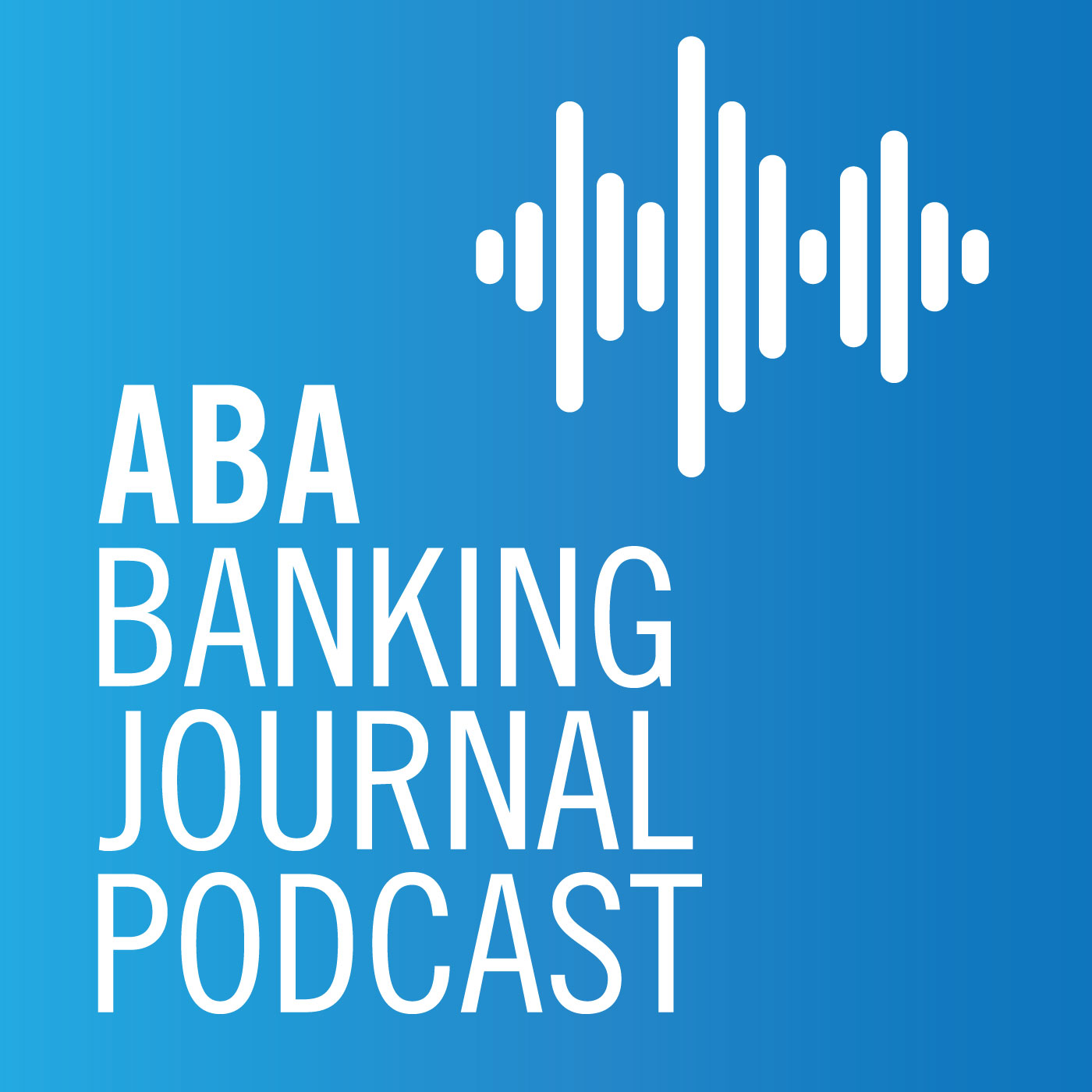
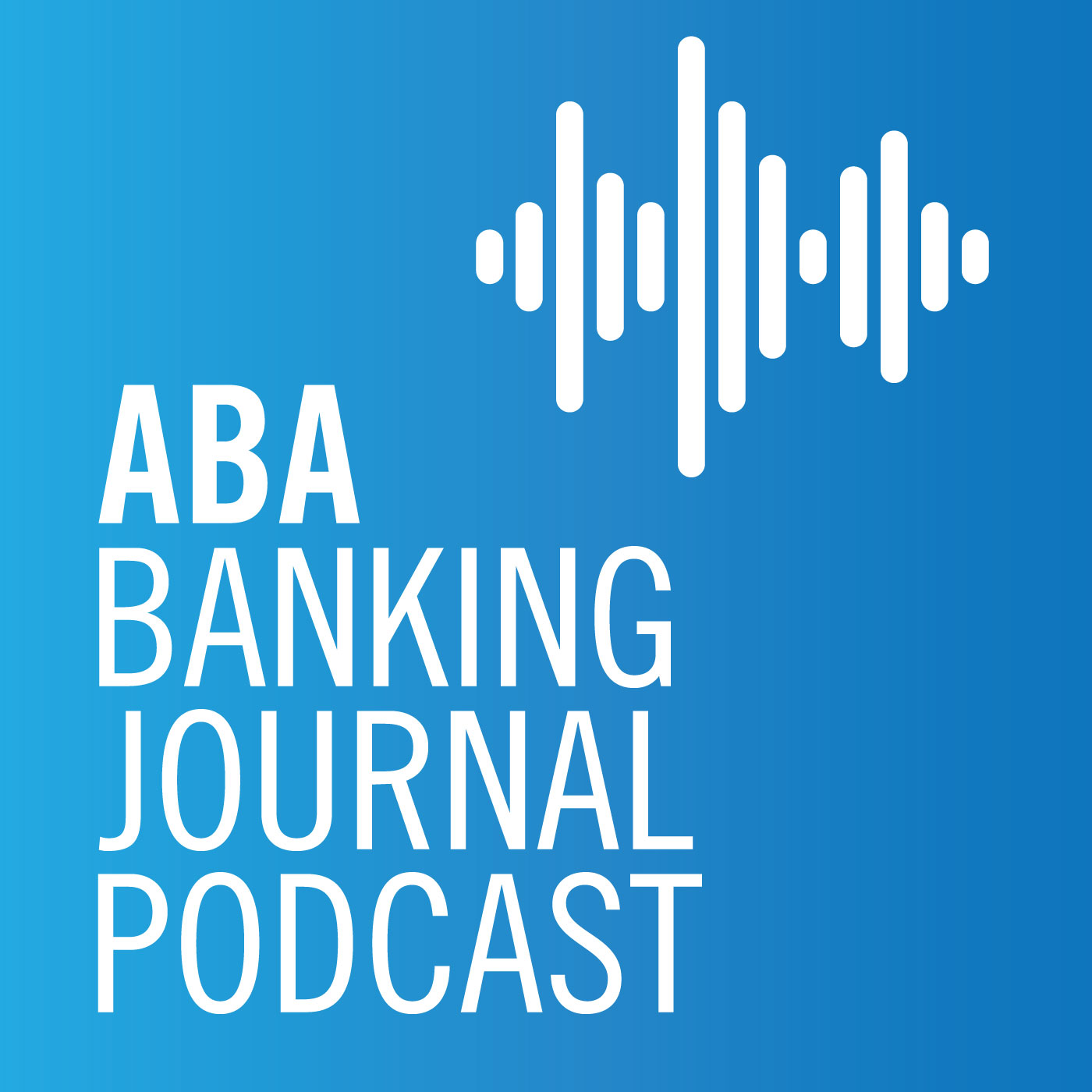
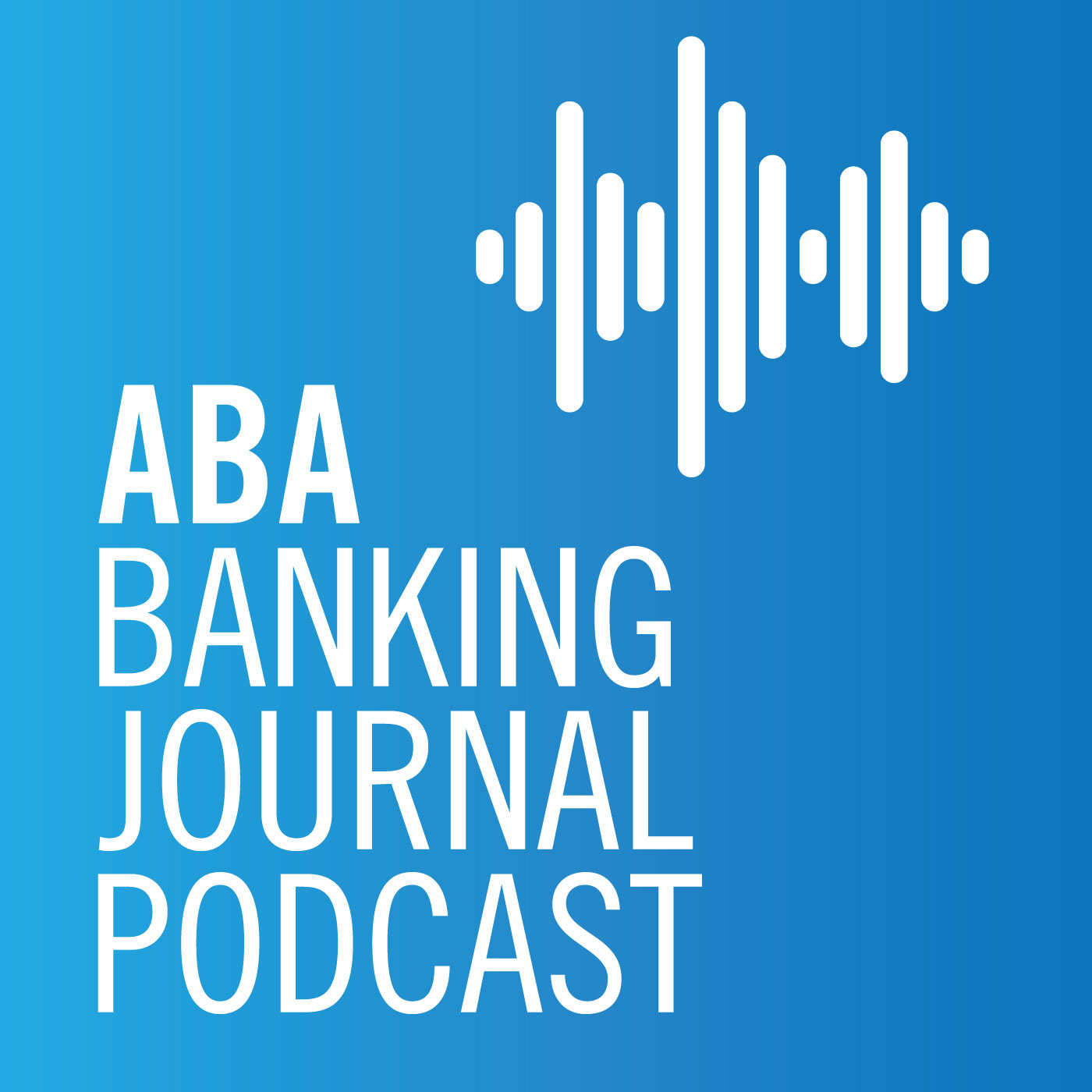
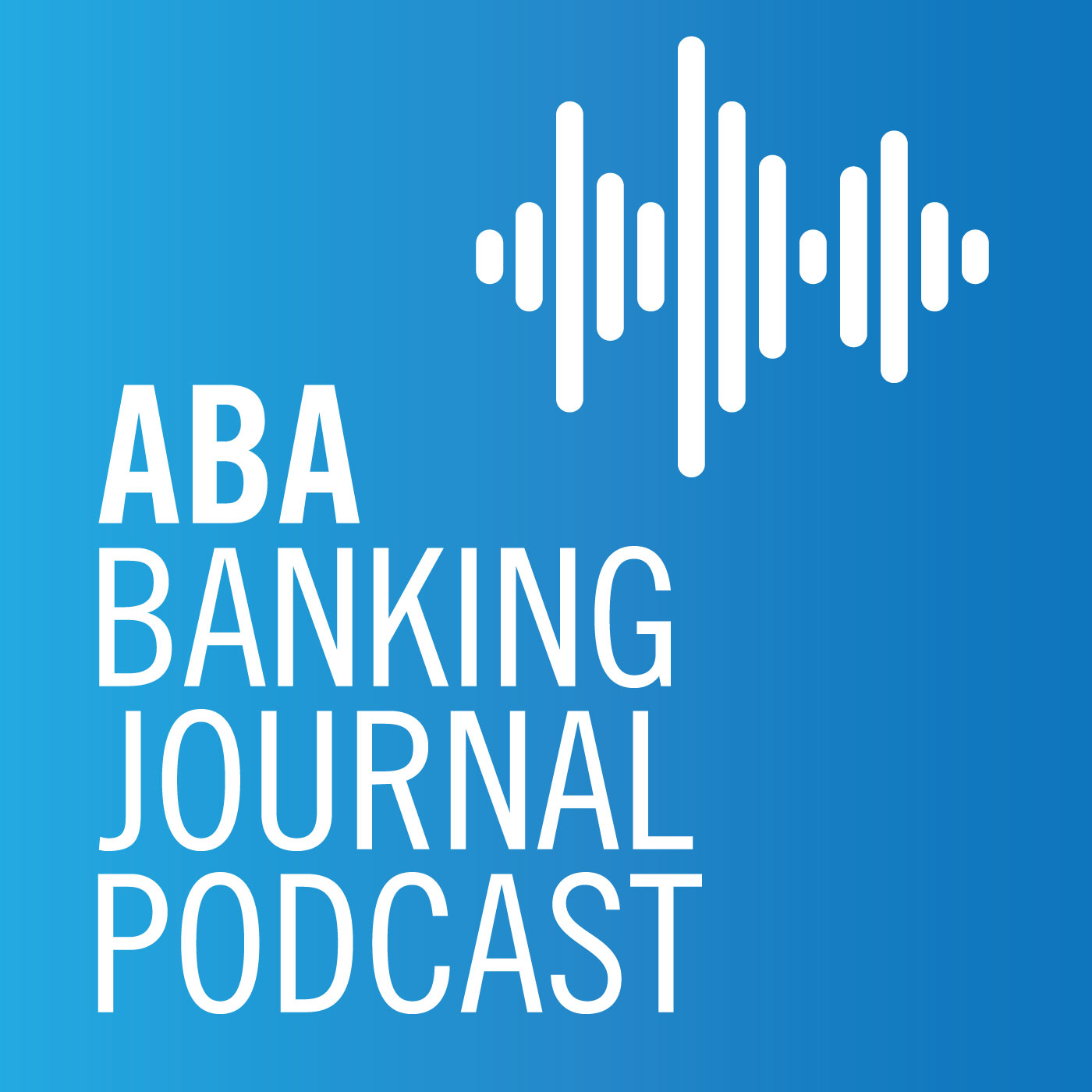
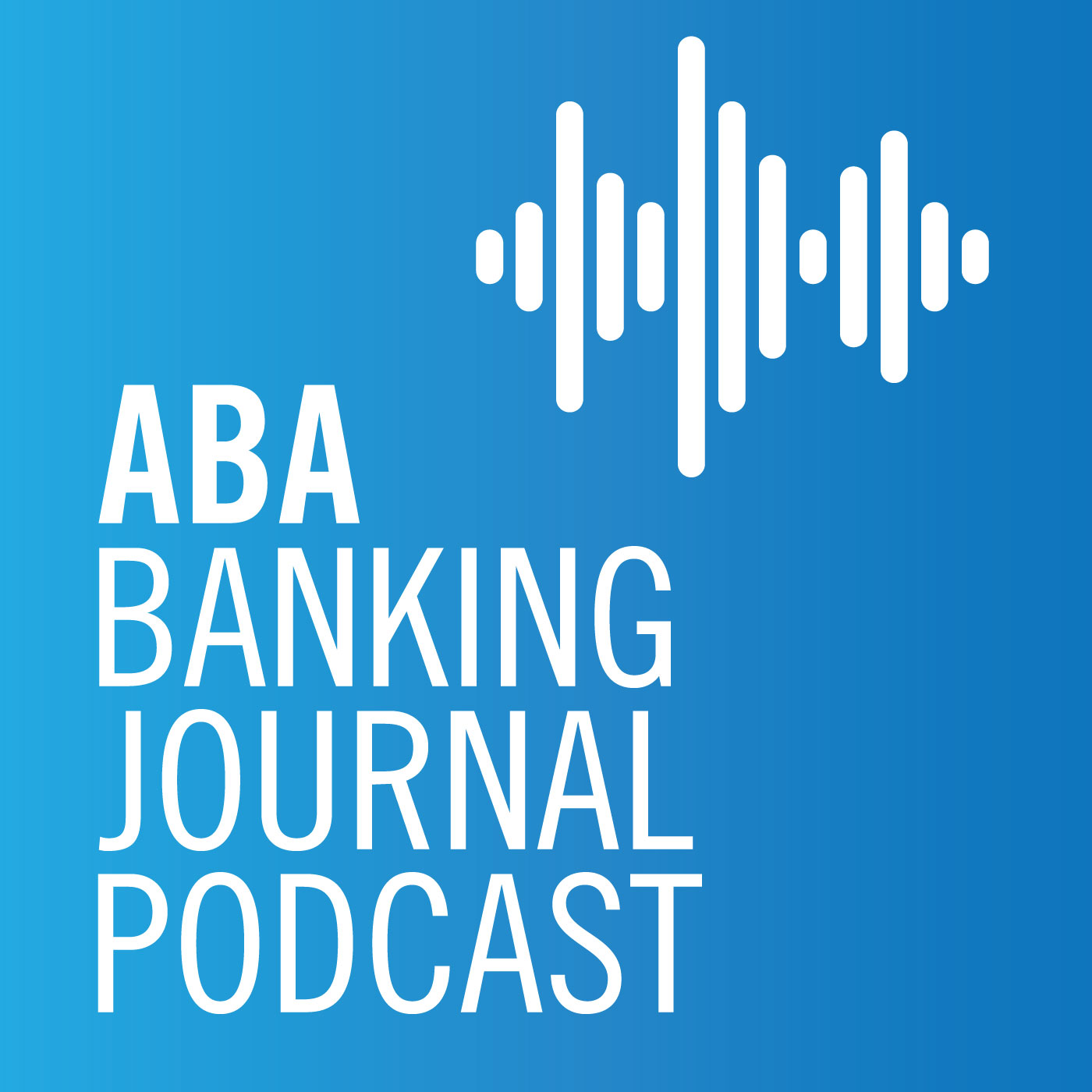
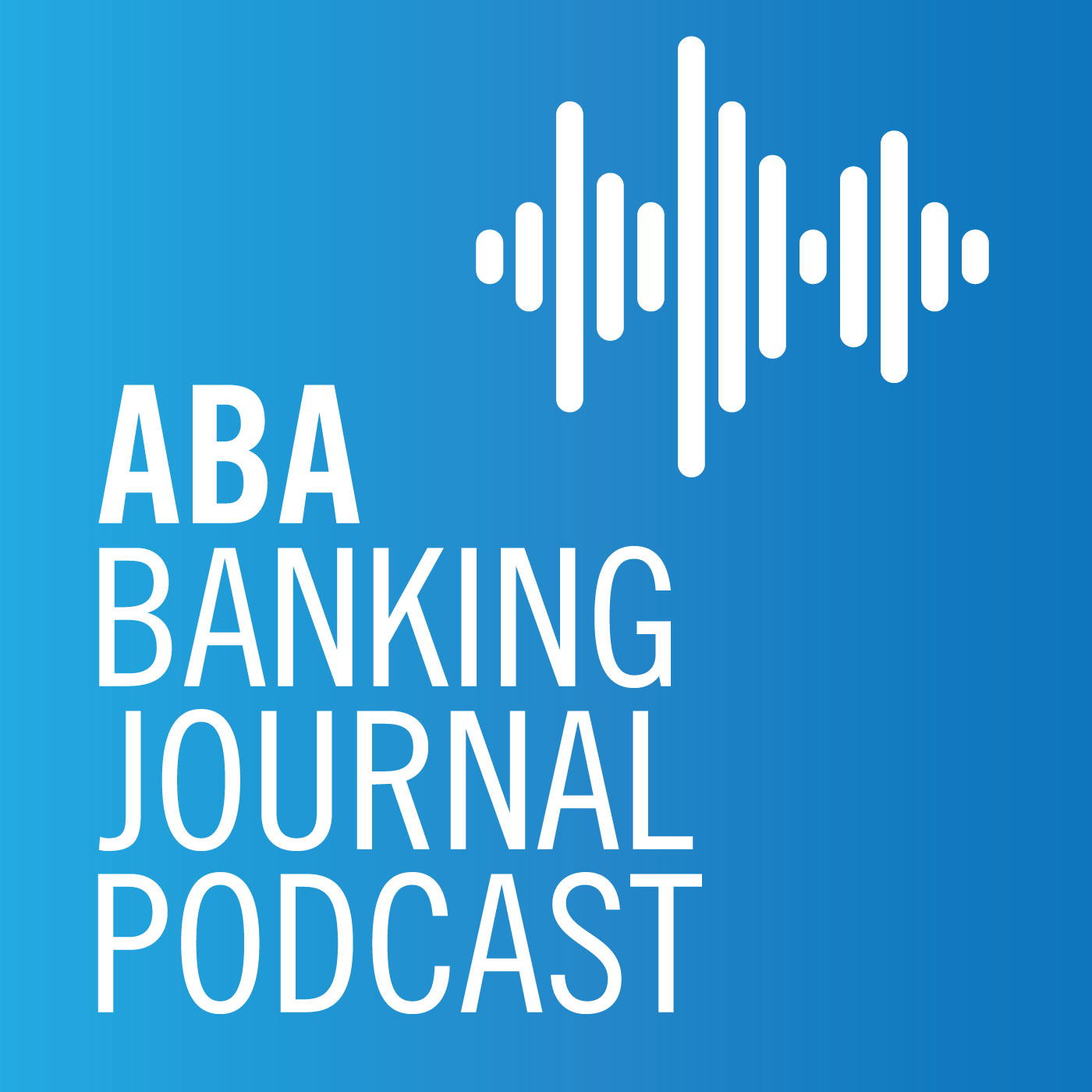
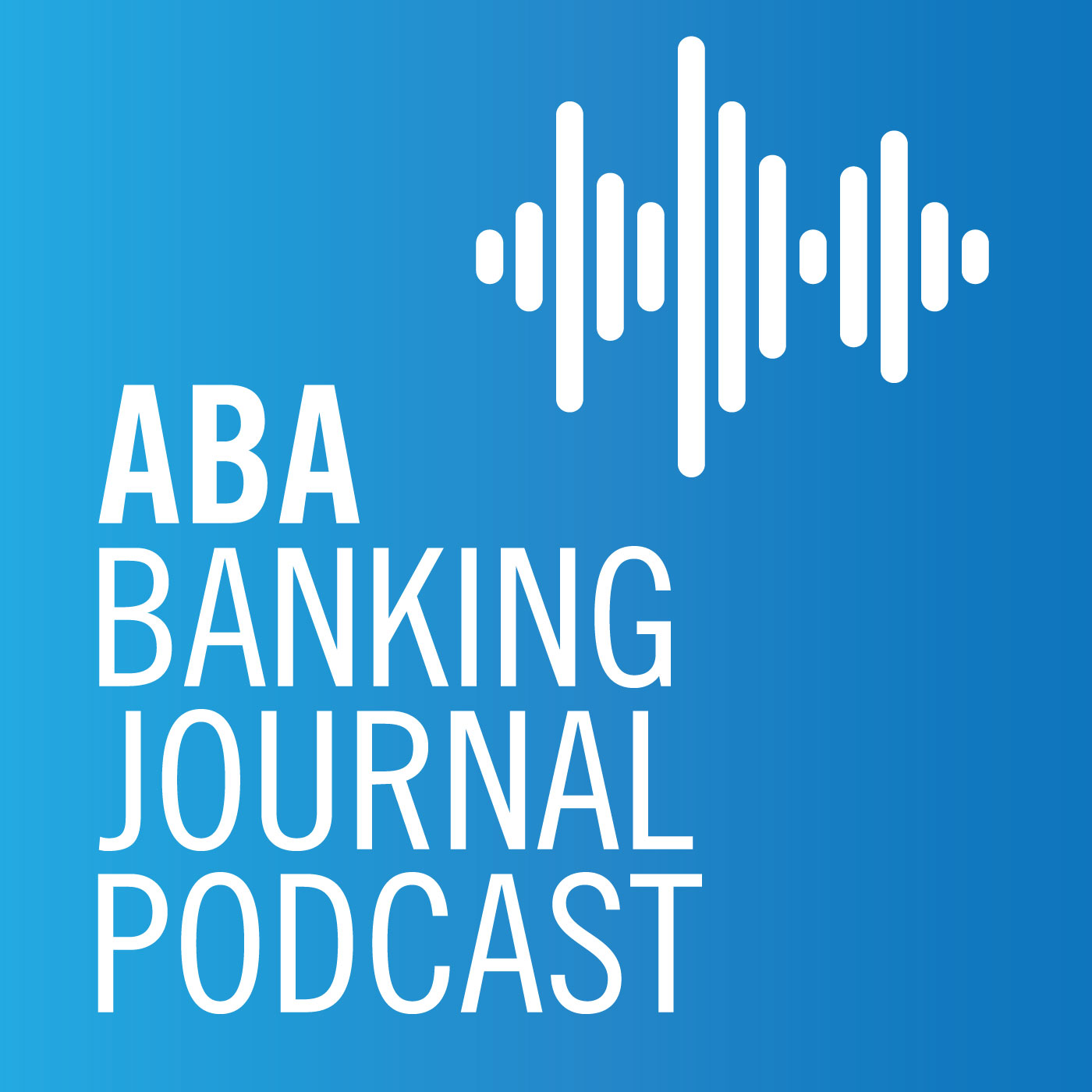
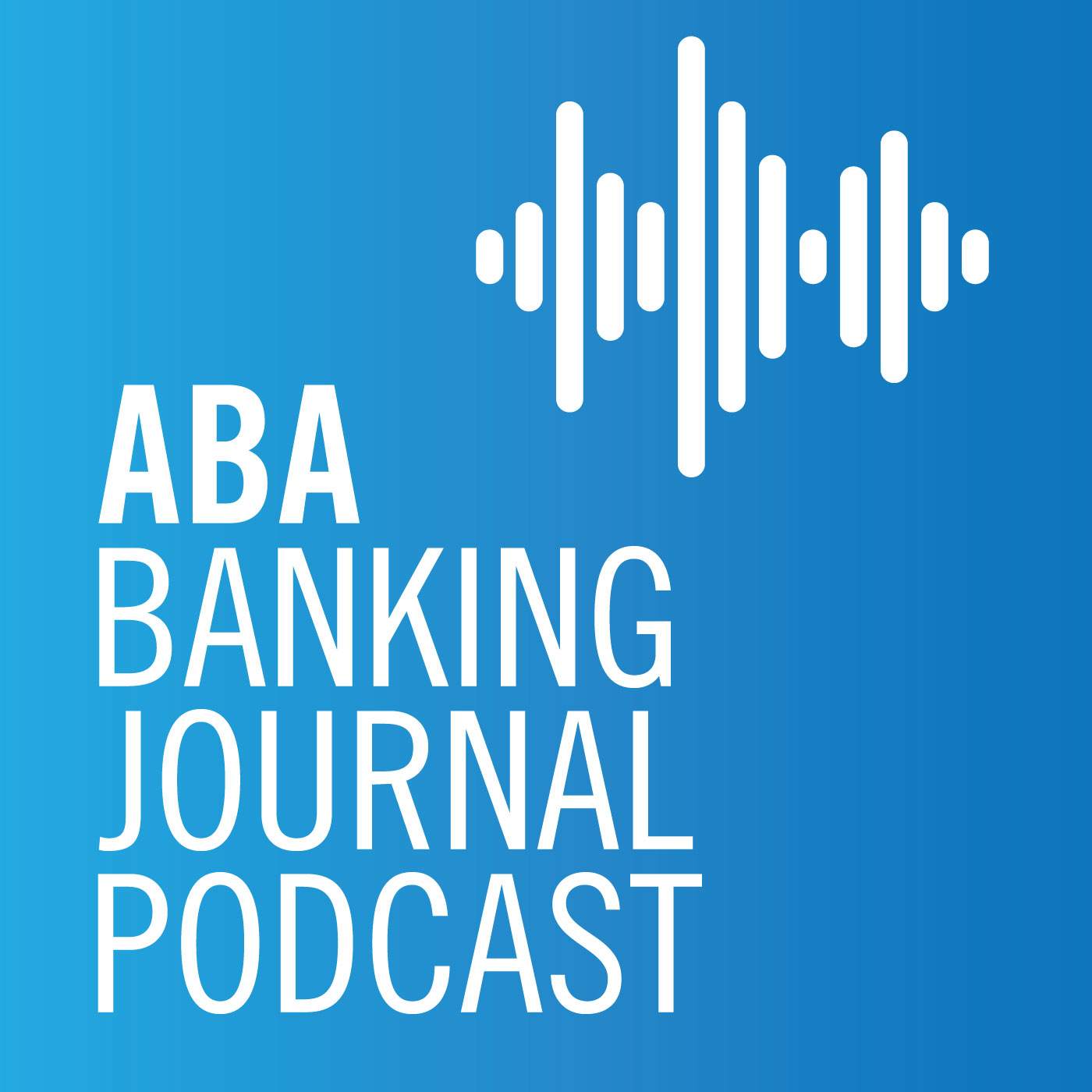
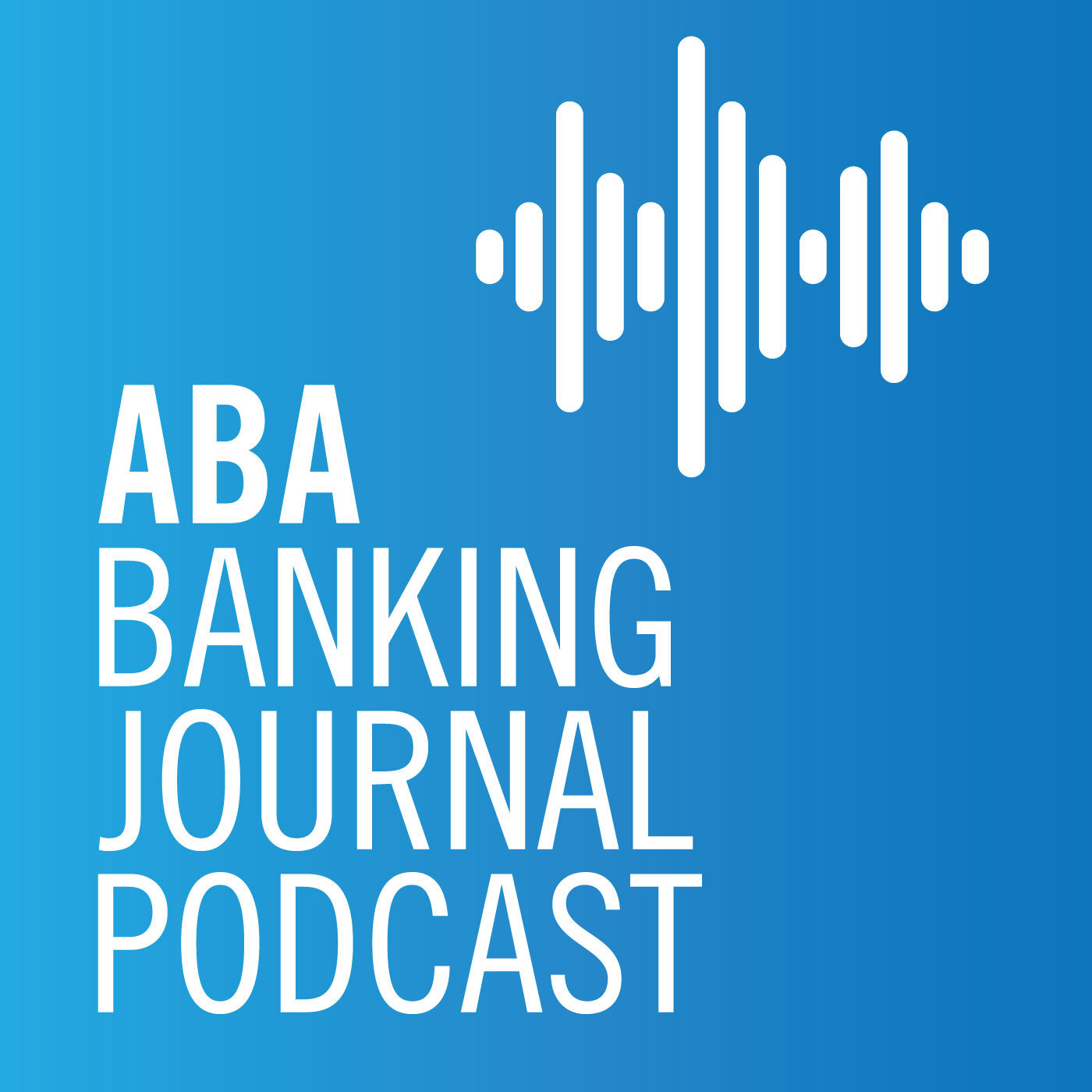
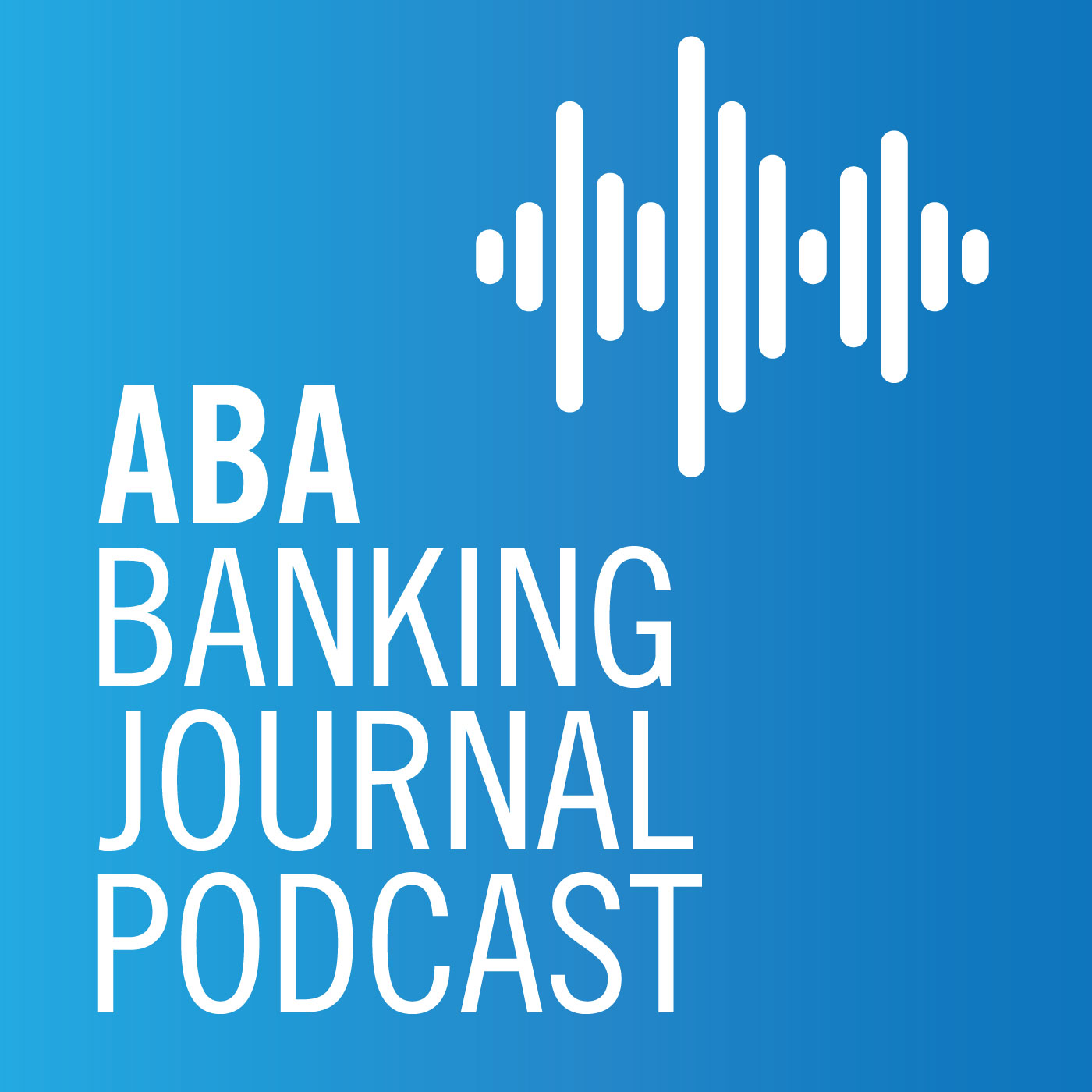
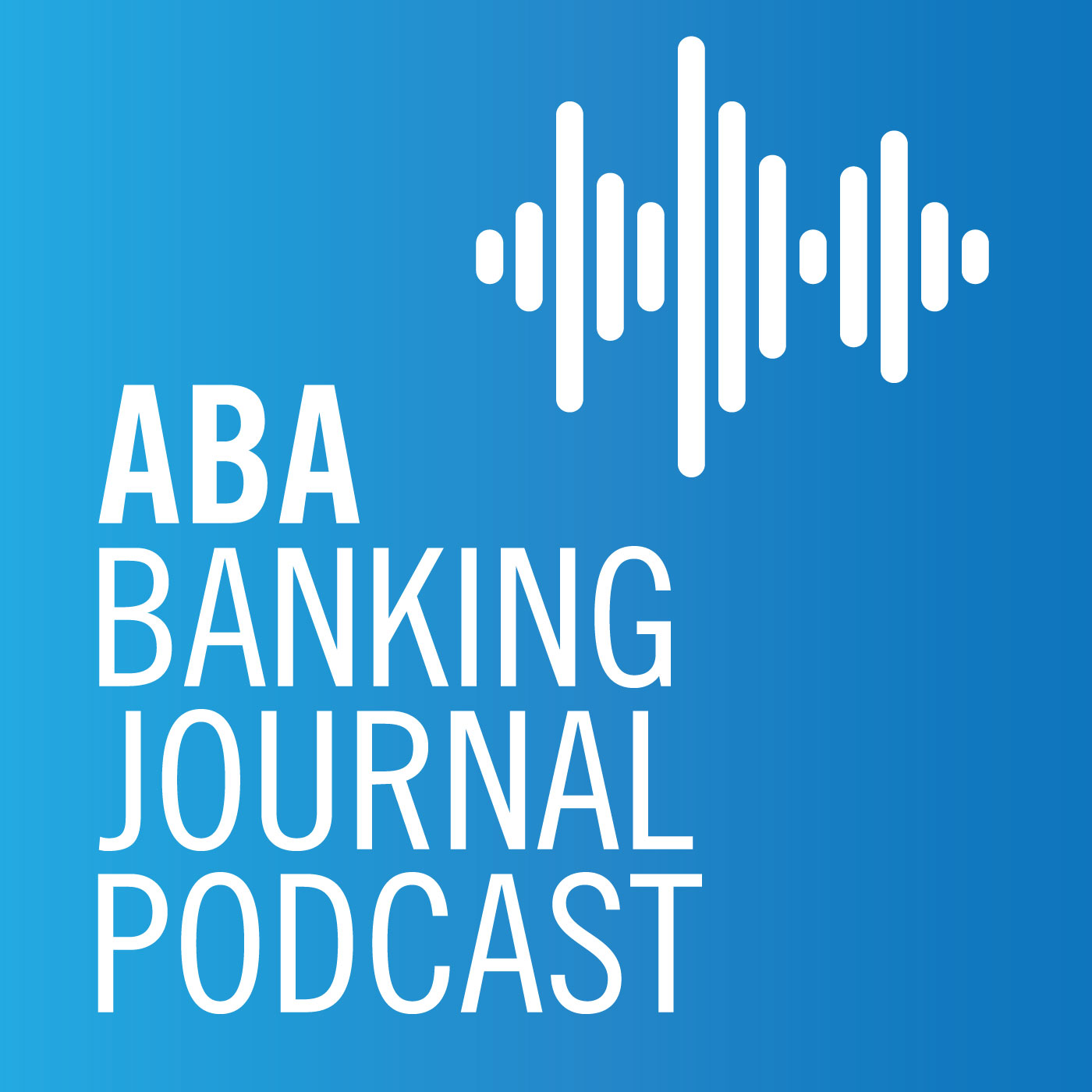
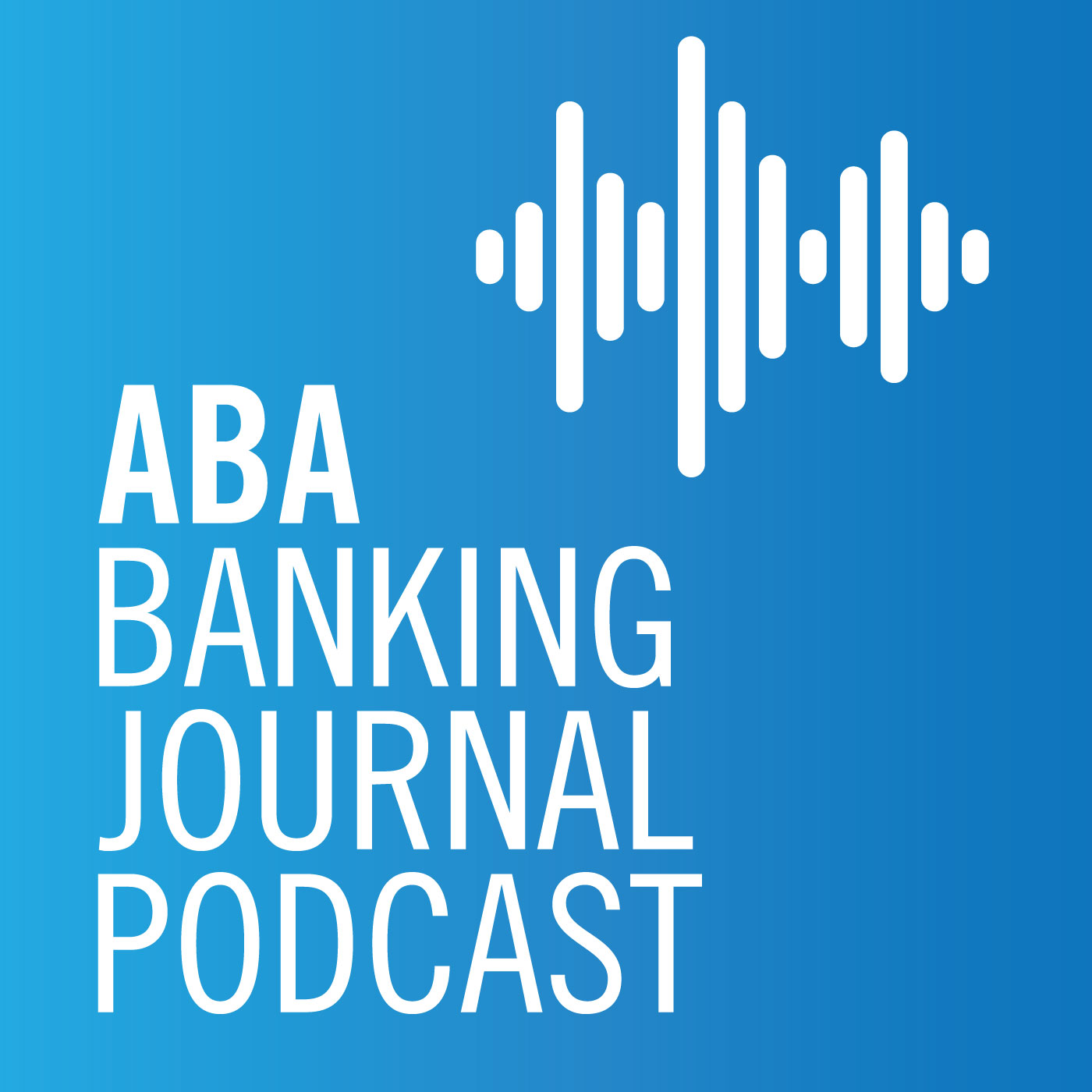
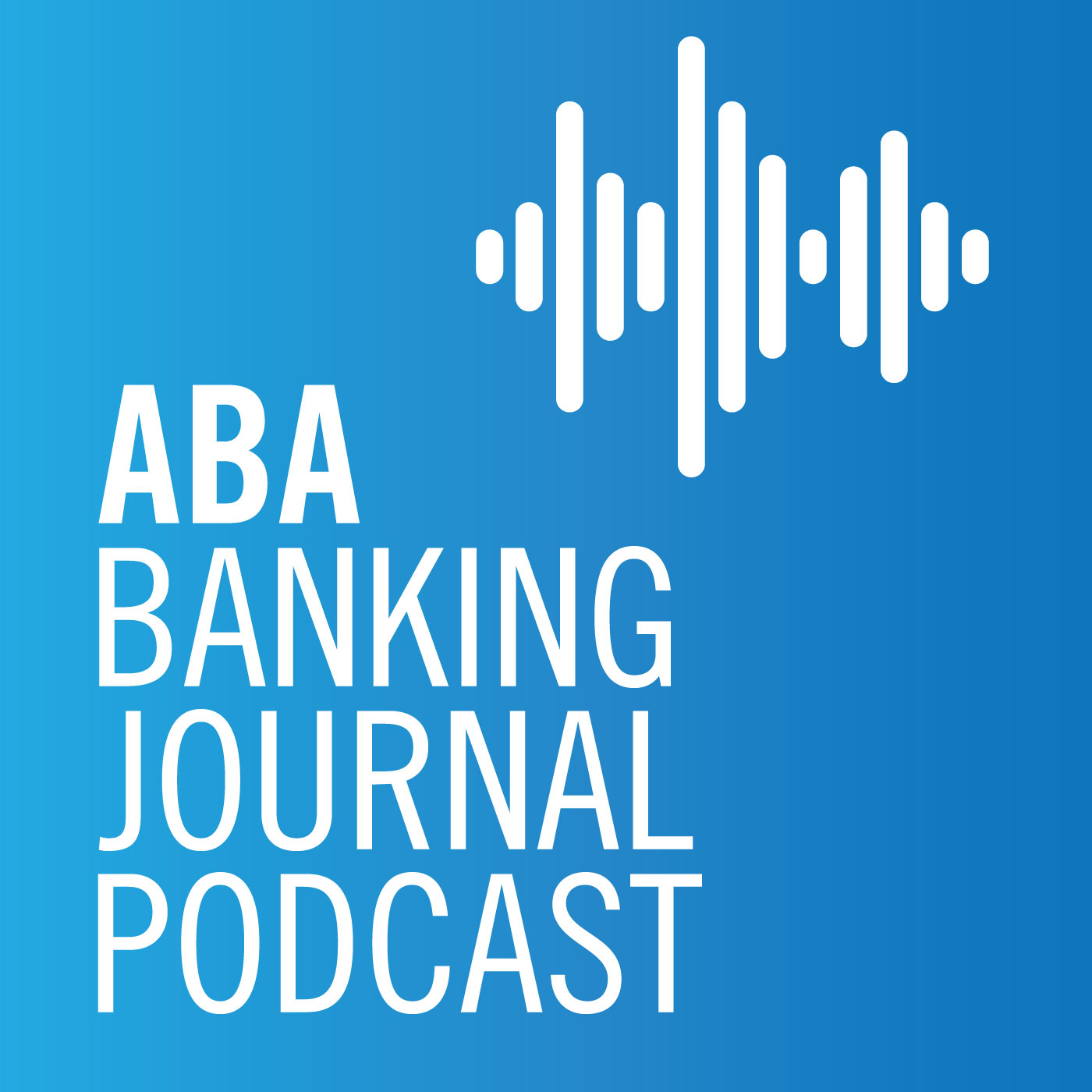
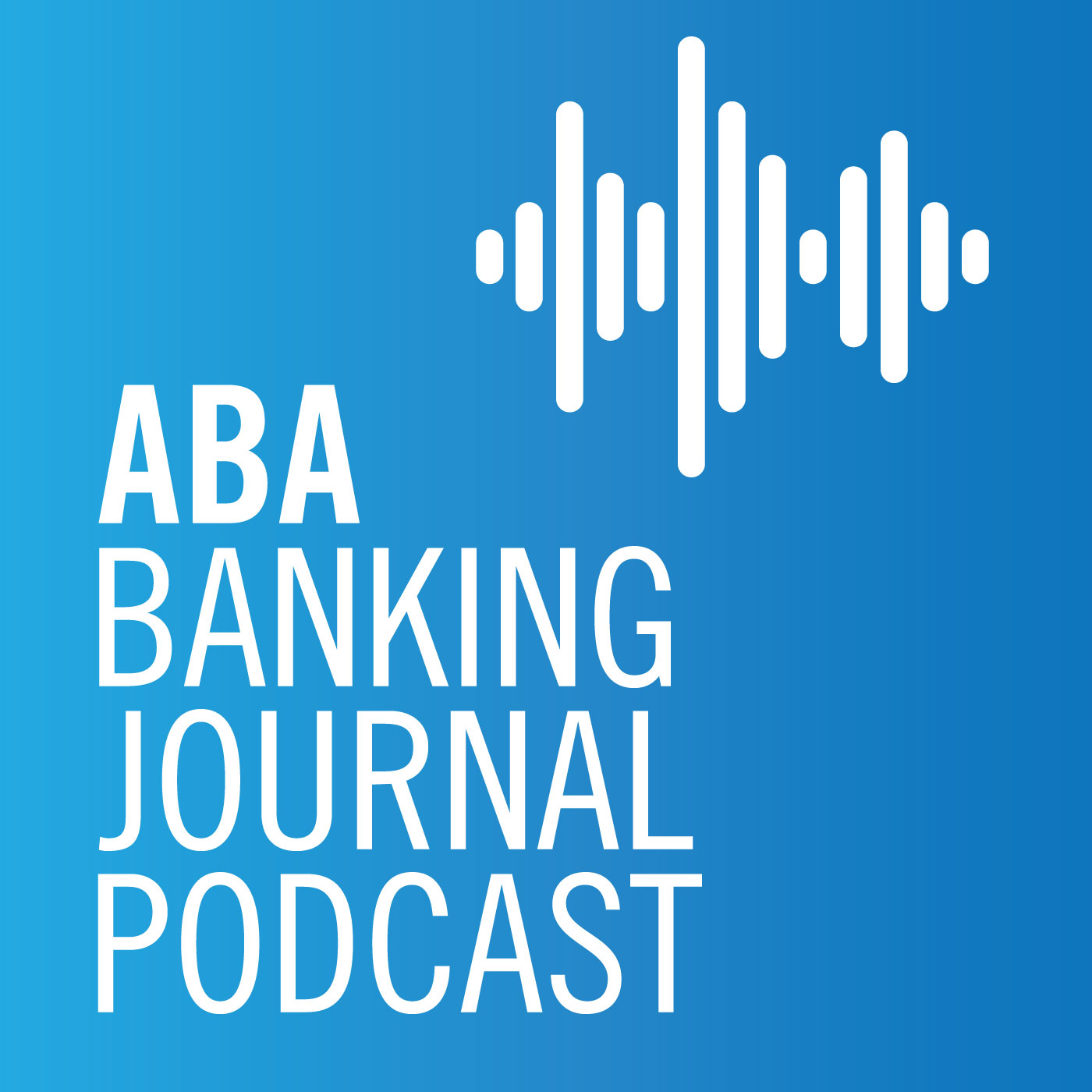
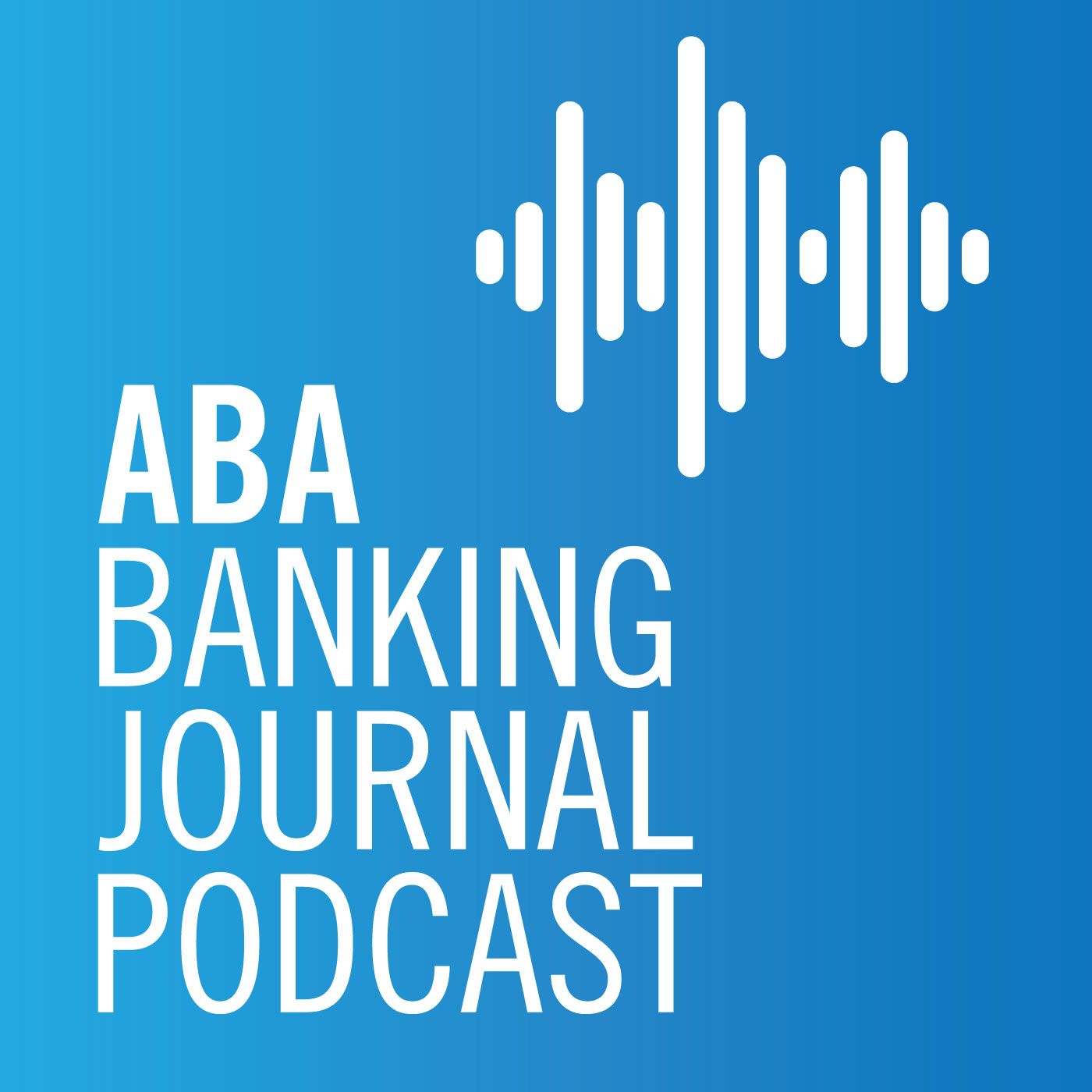
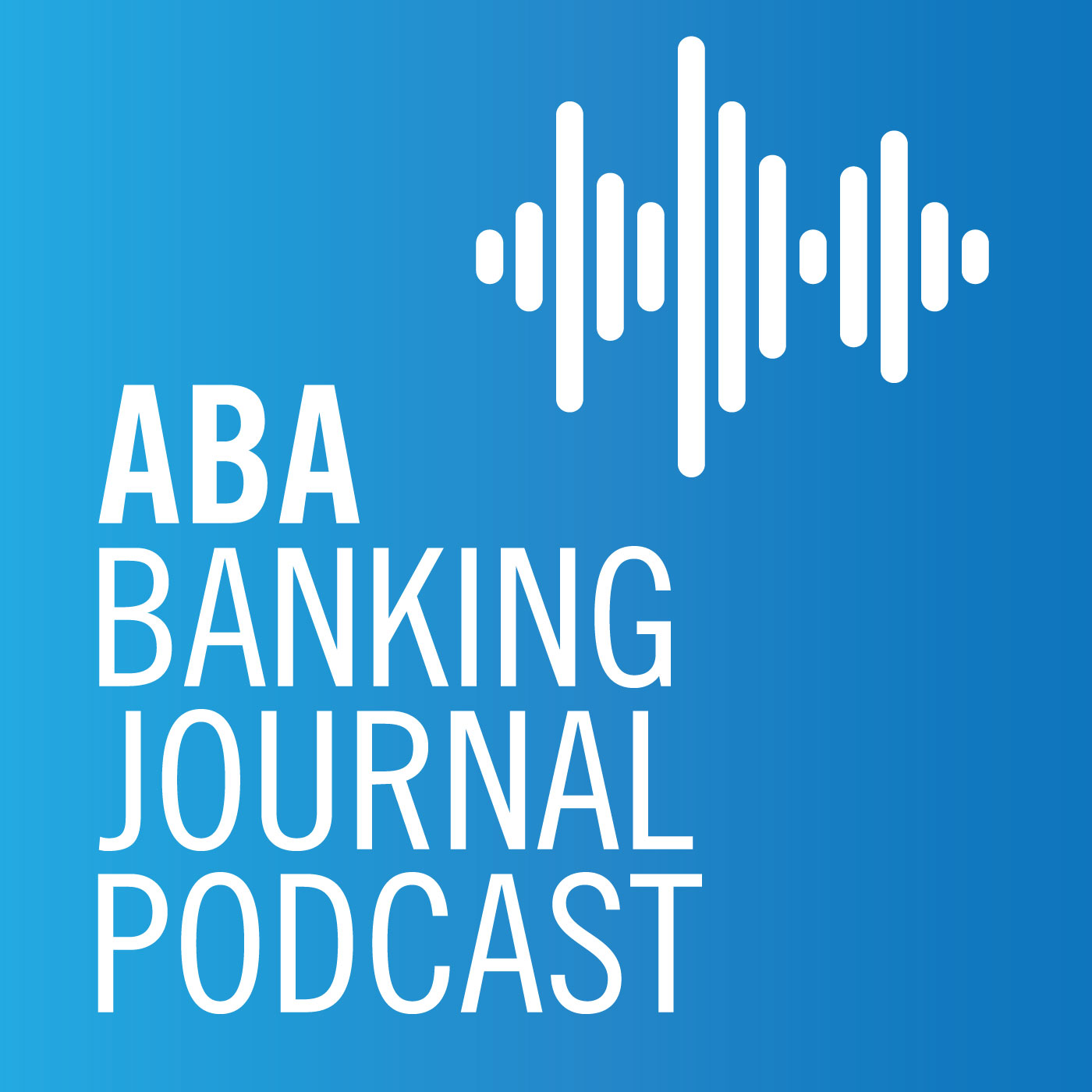
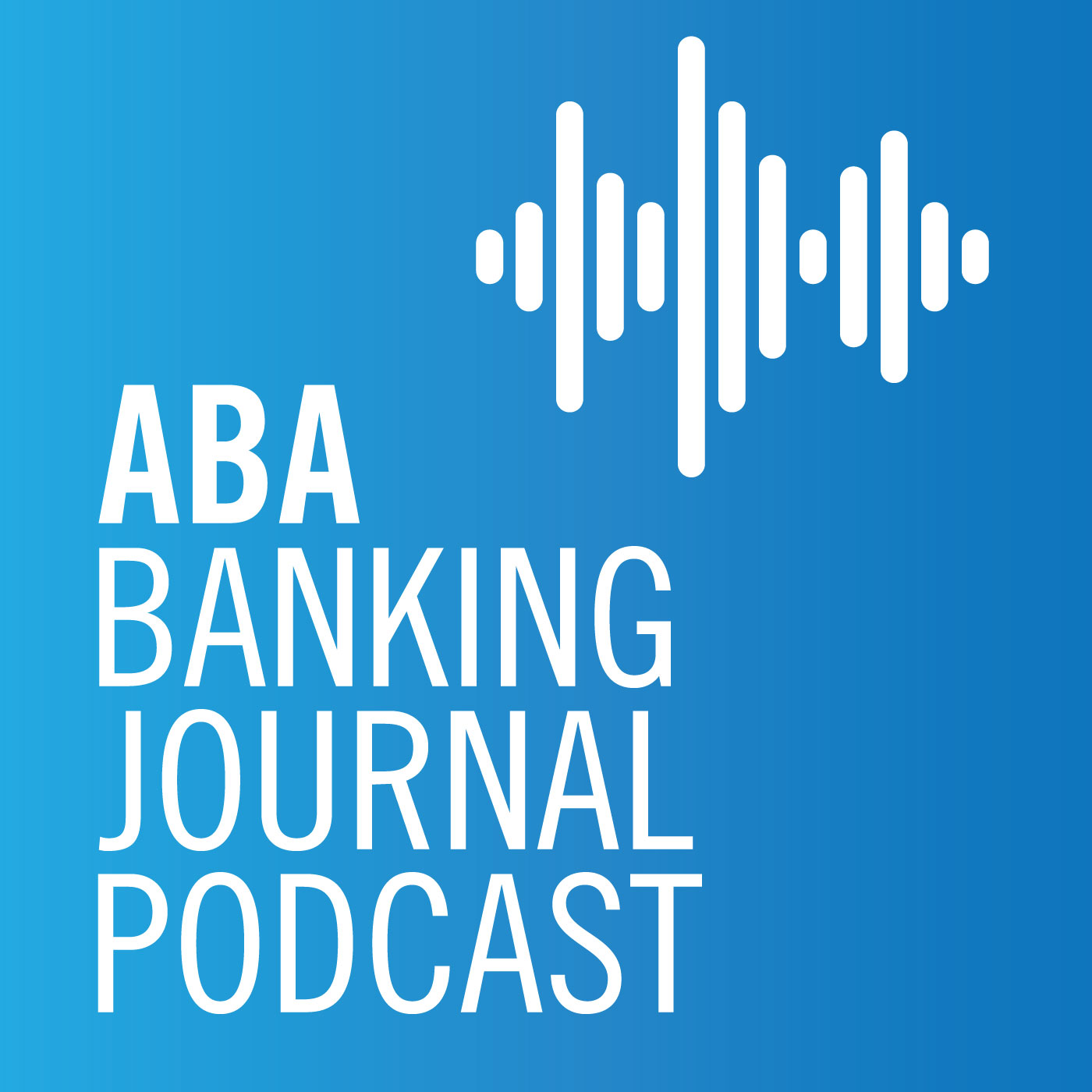



de novo: starting from the beginning; a new